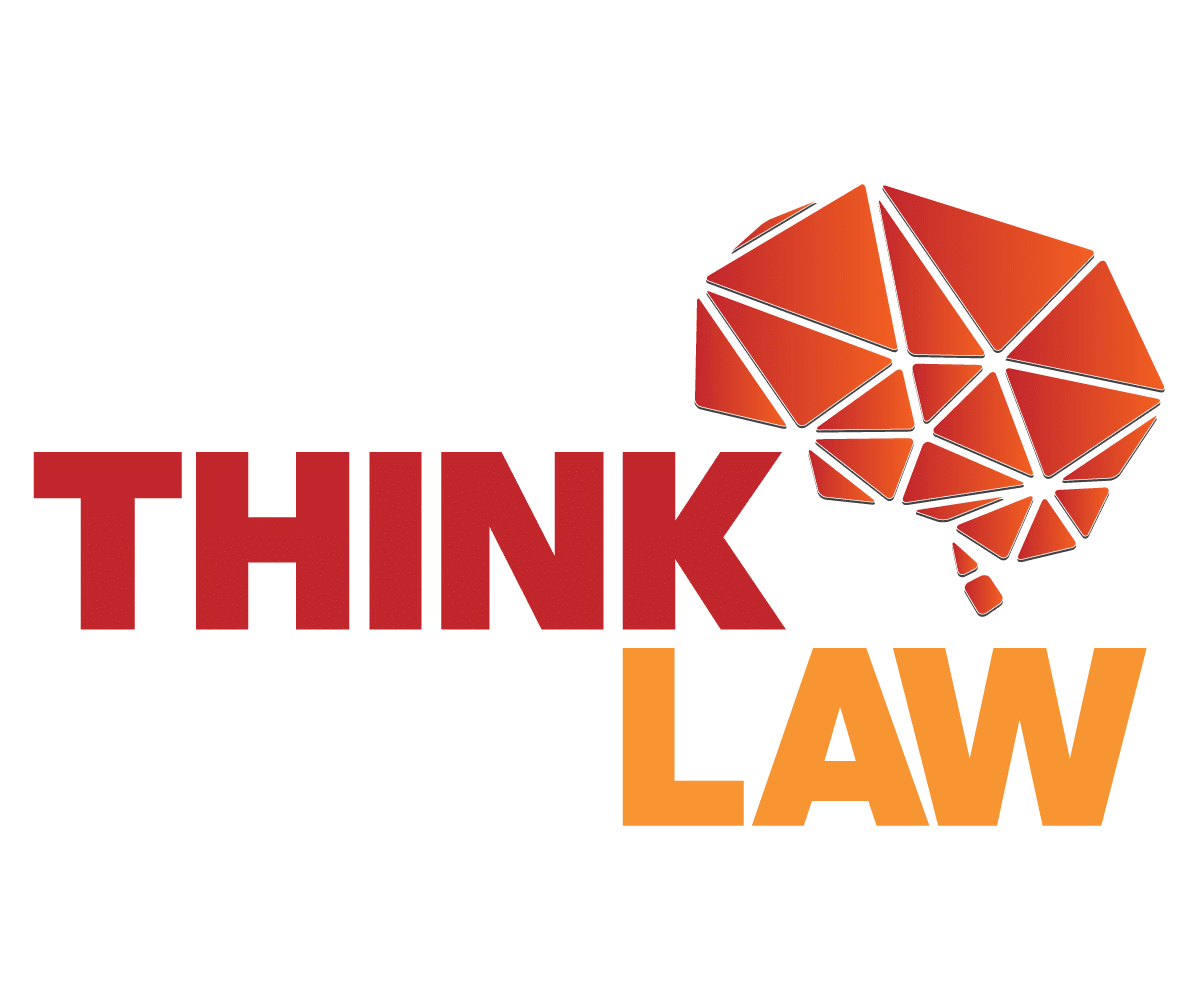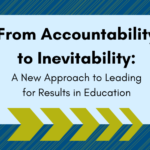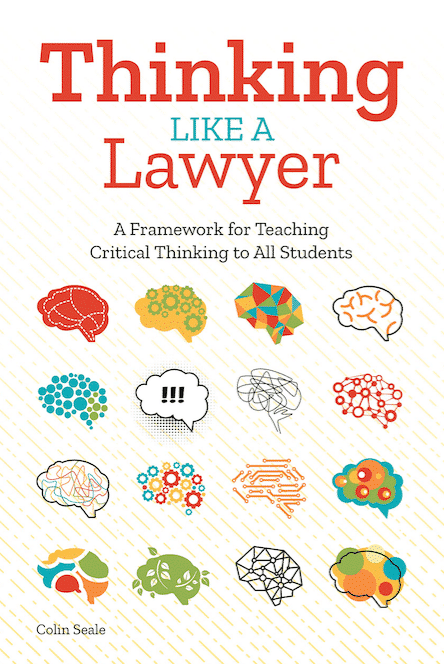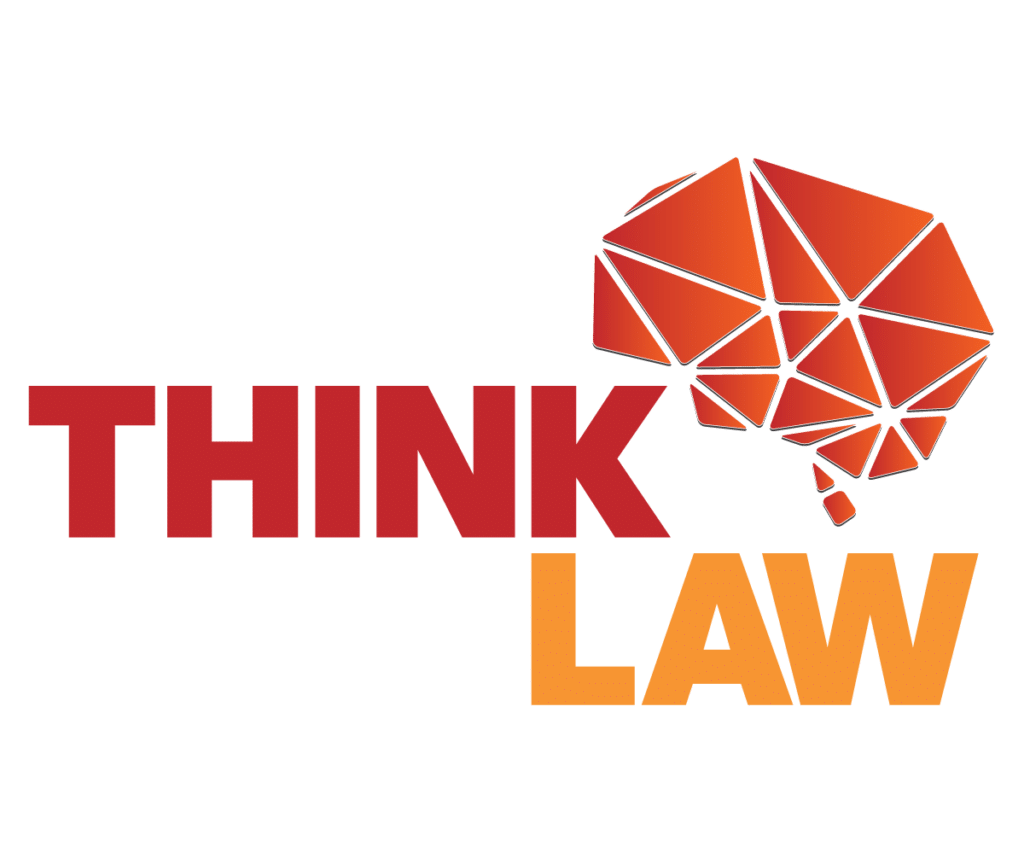We live pretty comfortable lives in 2018. Advances in technology, medicine, and science have eliminated a lot of problems that our ancestors struggled with every day. But what if all of that just went away? Then what? Do you have a plan? I don’t think a lot of us spent a significant amount of time planning for disaster. (Unless you’ve ever watched the show Doomsday Preppers– those people spend ALL of their time planning for disaster.) One of the classes we had to take for our foster parent license was on disaster preparedness. It actually was a really good opportunity to think through some worst-case scenarios and what we would need to do. I didn’t walk away from the class and build a bunker in my backyard but I did walk away with an awareness of the importance of having a Plan B.
Having a Plan B is also important in teaching.
We all know the benefits technology can have in our classroom. Our classrooms are full of technology: from Smart Boards to document cameras to Chromebooks to IPads. Technology has changed the way we teach and the way our students learn. But. What about when the internet is down? Or when the power goes out? Or when you’ve had just enough of kicking kids off YouTube and know it’s time to SHUT IT DOWN? You might have spent WEEKS planning the perfect lesson but a tech glitch leaves you in a bind for new plans. That doesn’t mean that the learning needs to stop. It just means that you need a Plan B.
So we want to talk about low-tech tools for critical thinking. These are ideas that you can pull out in case of a disaster for whatever you’re teaching to make sure the critical thinking continues. (Expert level tip: you might want to write some of these down because if the internet is down you can’t pull this article up!)
- What would the world look like if…
This is a question starter that we love to use at thinkLaw and it can apply to any subject.
- What would the world look like without punctuation?
- What would the world look like the British won the Revolution?
- What would the world look like without multiplication?
- What would the world look like if books were censored?
- What would the world look like if everyone just low-key tried to watch Taylor Swift videos instead of doing their work?
These types of questions can serve as discussion starters or writing prompts. Students can draw a picture or cartoon in response. If you’re filling extra you can even have everyone in the class respond with a picture and writing and combine all of the responses into a bulletin board display or class book.
- Mistake Analysis
Put a mistake on the board. It could be a math problem that was solved incorrectly, a sentence with incorrect punctuation, or any other kind of mistake. Tell the students it’s wrong. (We’re not trying to trick them!) Their role is to pretend they’re the student who just made that mistake. How is that student going to try to argue that they are correct? Why would an average student think that response is correct? Asking students to analyze mistakes pushes them to think deeper about a problem and will prevent them from making the same mistake later on. (Plus students LOVE to argue!)
- How are these related?
List a few key words on the board from whatever you’re studying. Ask the students to create a diagram to show how the words are related. Don’t give the students a lot of parameters and allow them to be creative. Student might create webs, tree diagrams, venn diagrams, or others. This activity forces them to think about the nuances of the vocabulary and concepts and demonstrate how they are interrelated.
- Smaller… Smaller… Smaller…
Give each student a post it or index card. Read a passage or story that you have on hand out loud. Ask them to write a summary. Now give them a paper half the size of the original paper and ask them to write a shorter summary. Repeat with a half a paper and a half a paper until they are forced down to one sentence or a few words. This activity really forces them to focus in on the main idea and the most important idea.
- Is this happy or sad?
There was a research study done where a group of kindergarten students were asked to analyze a poem by Langston Hughes. They were asked to debate whether the poem was happy or sad. What followed was a lot of great discussion and critical thinking. You can use this approach with just about any topic and any grade.
- Was a historical figure good or bad?
- Is a poem happy or sad?
- Is this math skill useful or useless?
You can have students brainstorm arguments for both sides, have the class vote, or divide the class in half and have a debate. There are a lot of possibilities.
As teachers we obviously put a lot of time and effort into our lessons but it’s always good to have a powerful Plan B to pull out in case of an emergency that doesn’t require any prep!
What is your tech-free Plan B? Let us know in the comments!
To order a critical thinking assessment for your students or to learn how your school or organization can adopt thinkLaw’s standards-aligned program that helps educators teach critical thinking to all students, please click here to schedule a time to speak with someone on the thinkLaw team or call us now at (702) 318-7512. Join us on our next webinar: Thinking Like a Lawyer: Powerful Strategies to Teach Critical Thinking to All Students







Leave a Reply